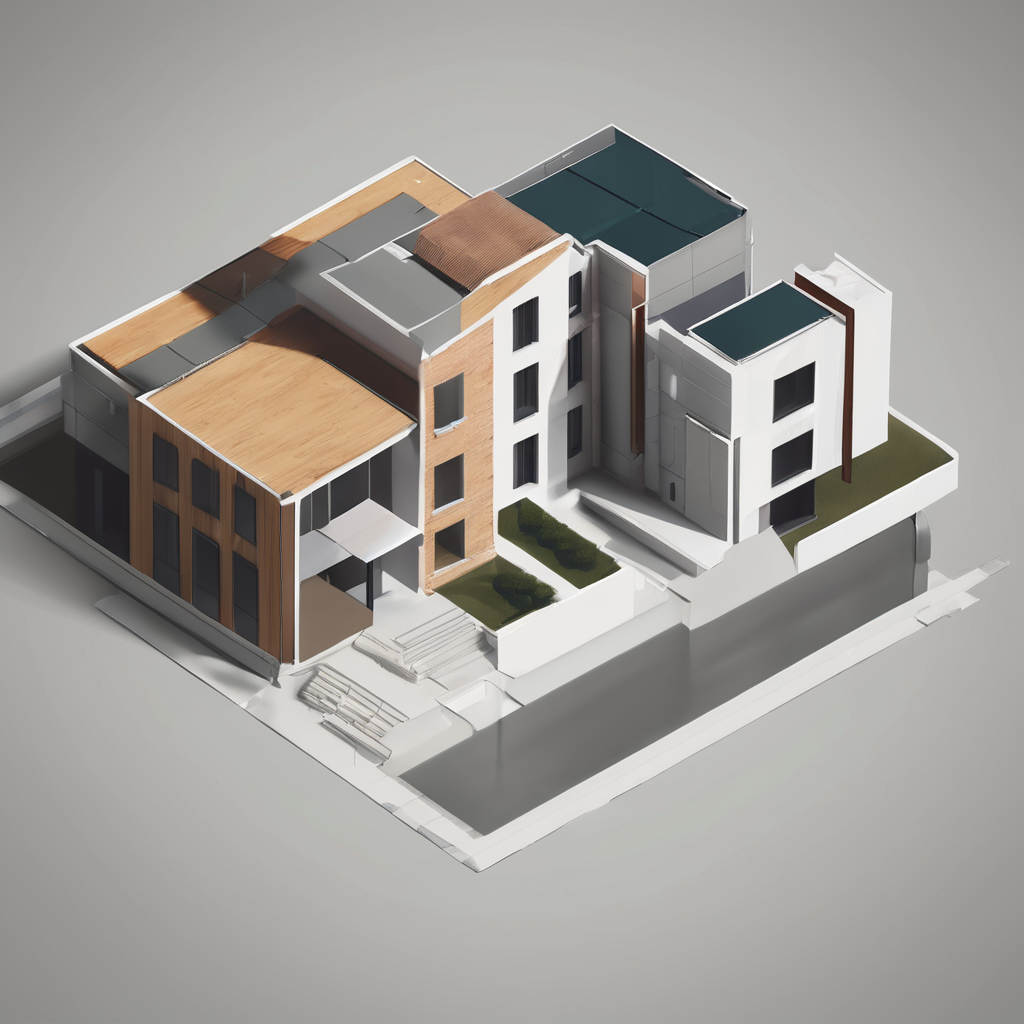Practical Steps to Transform Your Small Space Garden
Transforming a small garden requires a step-by-step guide focused on maximizing limited space while creating both functional and aesthetic appeal. First, start by assessing your garden’s existing space and potential. Take measurements and note features such as sunlight exposure, soil quality, and existing plants. This initial assessment will help you identify the best areas to highlight and potential challenges to address.
Next, develop a clear plan including focal points and designated zones. A small garden transformation benefits greatly from having areas dedicated to relaxation, planting, or decorative features. For example, creating a seating corner or a vertical planting zone can optimize limited floor space and offer visual interest.
Also to discover : How Can You Transform Your Back Garden into a Biodiverse Haven?
When preparing for your transformation, follow actionable garden tips such as clearing debris, improving soil quality, and choosing plants that suit your environment. Begin by removing weeds and loosening soil to ensure better root development. Follow this with introducing compost or fertilizers to enrich the planting area.
Finally, start planting according to your plan in stages rather than all at once. This approach allows adjustments as the garden evolves. Consider including higher plants at the back or corners to create depth and smaller plants in the front for layering. Using modular containers can also add flexibility to your layout.
Have you seen this : How Can You Transform Your UK Outdoor Space into a Year-Round Garden Haven?
By methodically applying these practical steps, your small garden transformation becomes manageable, rewarding, and tailored specifically to your space.
Creative Design Inspiration for Small Gardens
Designing a small garden presents a unique opportunity to blend creativity with functionality. The key to successful small garden design lies in maximising the available space while maintaining an inviting atmosphere. Compact layout ideas focus on optimising every square inch without overcrowding, ensuring the garden feels open yet lush.
One effective strategy is incorporating vertical gardens. By utilising walls or freestanding structures, you can grow climbing plants or install tiered planters, effectively multiplying your planting area. Raised beds also contribute to space efficiency, providing better soil control and an elevated aesthetic that adds depth to your garden’s layout.
When choosing garden styles for smaller spaces, it’s best to adopt themes that evoke tranquility and cohesion. A Japanese garden, with its minimalist approach, clean lines, and emphasis on natural materials, is perfect for creating a serene retreat. Alternatively, a Mediterranean style often uses terracotta pots and drought-resistant plants, offering warmth and vibrancy in limited areas. For those favouring contemporary options, a modern urban garden employs sleek furniture and geometric shapes to balance greenery with structural elements.
These layout suggestions and styles combined inspire both function and beauty, making your small garden a personal sanctuary.
Best Plants and Greenery for a Sanctuary Atmosphere
Creating a sanctuary atmosphere begins with selecting the right calming plants that are both low-maintenance and visually soothing. Opting for plants that thrive across all seasons ensures your sanctuary remains vibrant year-round without demanding constant care. For small spaces, small garden plant recommendations like lavender, snake plants, or peace lilies offer tranquility through their gentle fragrances and simple upkeep.
Using planters and container gardens enhances flexibility, allowing you to layer greenery effectively. This method not only saves space but also adds depth, making your sanctuary feel lush and immersive. Incorporating various textures—such as soft ferns paired with more structured succulents—brings visual interest without overcrowding.
When seeking sanctuary plants that enrich the sensory experience, prioritize those with soothing scents and calming colors. Lavender and jasmine, for example, deliver subtle, relaxing aromas that aid stress relief. Meanwhile, plants with soft green hues or variegated leaves contribute to a peaceful, grounding environment. This careful blend of scent, texture, and appearance truly transforms any indoor or small garden into a rejuvenating retreat.
Space-Saving Techniques and Smart Storage Solutions
When tackling limited outdoor space, space-saving garden ideas become essential. Vertical gardening is a standout approach, employing wall planters, trellises, and hanging baskets to maximize plant growth without occupying precious ground area. Wall planters provide convenient, decorative ways to display flowers and herbs, while trellises allow climbing plants to flourish upward, transforming bare walls into lush green focal points.
Multipurpose furniture is another clever strategy. Consider benches with built-in storage compartments or tables that include drawer spaces; these combine seating or workspaces with the practical benefit of hiding gardening tools and supplies. Such furniture cleverly conceals clutter, helping maintain a tidy and inviting garden environment.
To keep garden storage efficient, focus on smart hiding spots for tools and equipment. Compact sheds with shelves, under-seat storage, or even repurposed containers tucked under planters keep items out of sight yet easily accessible. These methods support an organized garden space without sacrificing style or functionality—perfect for anyone seeking garden storage solutions that blend seamlessly into their outdoor setup.
Decor and Features to Enhance Relaxation
Creating a serene outdoor space begins with thoughtful garden decor that promotes relaxation. Inviting seating options are essential, especially in small spaces where every inch counts. Consider compact benches or foldable chairs with comfortable cushions. These provide cozy spots to unwind without overcrowding the area, balancing functionality with style.
Water features such as small fountains or bubbling urns are effective at boosting tranquillity by adding gentle, soothing sounds that mask urban noise. Even a modest fountain can transform the atmosphere, making your garden feel like a private retreat. The rhythmic flow of water encourages calm and mindfulness, which is the heart of relaxation.
Incorporating garden lighting further enhances peacefulness. Soft, warm lights placed strategically along pathways or around seating areas create an inviting ambiance after dusk. Solar-powered LEDs offer an energy-efficient, budget-friendly option that can be easily installed without complex wiring.
For those mindful of expenses, budget-friendly decor elements can still make a significant impact. Use natural materials like stones or wooden sculptures to add texture, or plant fragrant herbs that delight the senses and enrich your outdoor sanctuary. Together, these features cultivate a welcoming, tranquil environment ideal for relaxation.
Real Life Examples and Before-After Garden Transformations
See how ordinary spaces become extraordinary.
Transforming an outdoor space from lackluster to lush is both inspiring and achievable. Numerous before and after gardens showcase small garden makeovers that breathe new life into cramped or neglected yards. One striking example involves a narrow urban plot once cluttered with weeds and debris. With strategic planting, installation of a compact seating area, and subtle lighting, it became a serene garden sanctuary, perfect for relaxing or entertaining guests.
Another popular approach in these transformations is layering plant heights and textures to create depth in even the smallest gardens. This technique effectively maximizes limited space, resulting in a visually engaging outdoor room. Many real-life stories reveal how addressing soil quality, choosing hardy plants, and incorporating natural materials can boost both aesthetics and usability.
Key lessons from these transformations include the importance of starting with a clear vision and prioritizing functionality alongside beauty. Whether you’re aiming for a vibrant flower garden or a minimalist retreat, small garden makeovers emphasize thoughtful design and consistent care. These examples prove that with creativity and effort, anyone can achieve a rewarding garden sanctuary, no matter the size or initial condition of their outdoor area.




